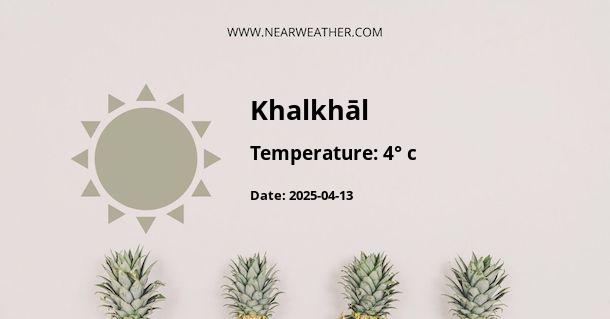Overview
Herowabad, located in Iran, is a city characterized by a semi-arid climate, which is common in the Middle Eastern region. This climate type is known for hot, dry summers and mild, wet winters, creating a unique environment that both residents and visitors have to adapt to. The weather patterns in Herowabad play a significant role in the city's culture, economic activities, and lifestyle.
Year-Round Climate and Weather Patterns
Herowabad's climate is defined by two main seasons: a hot and dry summer, and a mild and wet winter. The city experiences minimal rainfall throughout the year, with precipitation levels significantly increasing during the winter months.
Summer
Summers in Herowabad are typically very hot, with average high temperatures reaching up to 40°C (104°F) in the peak of the season. The city experiences a sharp decrease in precipitation levels during this time, with an average rainfall of just 10mm per month. The high temperatures, combined with low humidity levels, create a dry and scorching atmosphere that can be challenging for those unaccustomed to such conditions.
Winter
Winters in Herowabad are significantly milder and wetter than the summer season. Average temperatures during this time range from 5°C (41°F) to 15°C (59°F). The city receives the majority of its annual rainfall during the winter months, with precipitation levels increasing to an average of 80mm per month. Although the temperatures are much cooler than the summer months, the climate remains relatively mild compared to other regions of the country.
Climate Impact on Lifestyle and Economic Activities
The semi-arid climate in Herowabad greatly influences the city’s lifestyle and economic activities. Due to the harsh summer conditions, many residents have adapted their daily routines to avoid the midday sun. Economic activities such as agriculture and farming are also heavily dependent on the city's unique climate. The hot, dry summers and mild, wet winters allow for the growth of certain crops and plants that thrive in such conditions.
Agriculture
The agricultural sector in Herowabad has adapted to make the most of the city's semi-arid climate. Water-efficient crops such as barley, wheat, and dates are commonly grown in this region. The cultivation of these crops aligns with the seasonal weather patterns, with planting often taking place in the cooler, wetter winter months and harvest occurring before the onset of the hot, dry summer.
Outdoor Activities and Lifestyle
The climate also influences the lifestyle choices of the residents of Herowabad. Outdoor activities are often scheduled for the early morning or late evening to avoid the hottest parts of the day. During the cooler winter months, residents take advantage of the milder weather to engage in outdoor festivals, events, and social gatherings.
Conclusion
Herowabad's semi-arid climate, characterized by hot, dry summers and mild, wet winters, greatly influences the city's culture, lifestyle, and economic activities. The city’s residents have adapted to these unique conditions, shaping an environment that is both challenging and rewarding. Despite the harsh summer conditions, Herowabad's climate offers a unique charm that is integral to its identity.
"Understanding the climate and weather patterns of a city like Herowabad is crucial for both its residents and visitors. The city’s unique climate conditions have shaped its culture and lifestyle, demonstrating how people and nature can adapt and thrive together. - Climate Expert"
References
- Iran Meteorological Organization. (2022). Annual Weather Reports.
- National Oceanic and Atmospheric Administration. (2022). World Climate Data.
- World Bank. (2022). Climate Change Knowledge Portal.
A - Khalkhāl's Latitude is 37.618900 & Longitude is 48.525799.
A - Weather in Khalkhāl is 4° today.
A - Climate Conditions in Khalkhāl shows clear sky today.
A - Humidity in Khalkhāl is 57% today.
A - Wind speed in Khalkhāl is 8.32 km/h, flowing at 233° wind direction. today.
